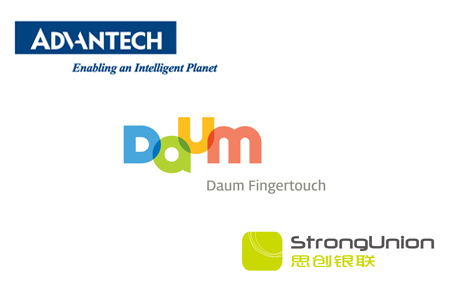BEIJING and YOKOHAMA, JAPAN
—
Nov. 1
4
, 2012
—
Cloud computing, big data and connected devices. The promise of what enterprise information and communications technology (ICT) holds for the future of business can be summed up in these three themes. Perhaps nowhere is that more apparent than in the vast Asia-Pacific region, where forecasts for technology adoption are especially bullish.
Over the next five years, the Asia-Pacific big data market is expected to grow at rate of a 46.8 percent, according to IDC.[1] And more than 20 percent of companies in Asia have already deployed connected devices, with another 70 percent expecting to do so over the course of the next two years.[2]
Technology solutions that combine connected devices with the capabilities of cloud computing and data analysis — known in the industry as an intelligent system — have the potential to significantly improve how companies operate — indeed, in many cases they have done so already.
Today, the intelligent systems market in Asia, including China, is nearly $260 billion and over 338 million units, says IDC VP of Semiconductors and Enabling Technologies Mario Morales, “and in 2016, IDC predicts the intelligent systems market in Asia will be $477 billion in revenue and nearly 700 million units. This represents 1/3 of the worldwide intelligent systems market.”

November 13, 2012
Advantech, Fingertouch and Beijing Strong Union Technology Ltd. are combining their technical and industrial expertise to generate greater business insight.
Across Asia, vertical solution providers have combined their industry, software and device expertise with Microsoft products and services to create end-to-end solutions addressing particular business scenarios.
These solution providers are fulfilling a vision for intelligent systems that was first unveiled last autumn by the Windows Embedded team at Microsoft. By connecting embedded devices to datacenters and software on the backend, companies can generate data that provides more strategic business insight and more effectively meets their customers’ needs. Throughout the region, there are examples of Microsoft partners that are creating intelligent systems for customers, including these:
-
Beijing Strong Union Technology Co. Ltd., an ICT provider for the financial services sector, developed a customer service solution for one of China’s largest state-owned banks. Using a cloud-connected slate device, customers can get personalized customer data in real time through a secure and trusted environment. This has reduced the average customer wait time to around 15 minutes from approximately one hour. Meanwhile, the bank has benefited from an easier process for rolling out new financial products. Ease of development with Windows Embedded Standard has shortened Strong Union’s development time by several months, and the ability to install updates via the cloud promises to provide additional efficiencies.
-
Based in Taiwan, Advantech develops industrial control and automation solutions for the remote monitoring and management of embedded devices. In real time, customers can reassign devices, install and upgrade software, perform full system recoveries, and monitor multiple devices — all from a single management console. Advantech’s intelligent systems solution has been used in a variety of applications, such as retail, remote surveillance, fleet management and critical infrastructure. Using Windows Embedded Standard, Advantech has decreased service costs by 15 percent and reduced on-site support cost by more than half.
-
Daum Fingertouch is a provider of interactive digital signage and content management solutions. The Korean company’s Smart Signage System kiosks can be found in a number of landmarks and rail stations, including Seoul Metro, Korail Airport Railroad and sites throughout Japan. In addition to providing the public with free IP-telephony service, the kiosks feature video and interactive advertising, as well as public service information related to train schedules and local attractions.
The Daum Fingertouch Digital View OS and Audience Measurement solution has given advertisers the insight to adjust their ad schedules based on tangible data, which has helped increase sales and improved the reliability of Daum Fingertouch’s service. Windows Embedded has provided Daum Fingertouch with the stability and scalability the company needs to strengthen its service offerings within South Korea and Japan, as well as expand into other regions.
“Throughout Asia-Pacific, companies are looking to big data to help generate opportunities for growth and efficiency, and Microsoft has the technology to help them reach that goal,” says John Doyle, director of Product Management for Windows Embedded. “Leveraging their expertise and industry insight, Microsoft partners are creating end-to-end solutions that provide the value customers are looking for.”
For more information on intelligent systems, visit the Windows Embedded website.
[1] IDC APEJ Big Data Technology and Services 2012-2016 Forecast and Analysis, Doc# AP2670106X, Oct 2012
[2] http://www.zebra.com/content/dam/zebra/product-information/en-us/misc/iot-key-findings-en.pdf





